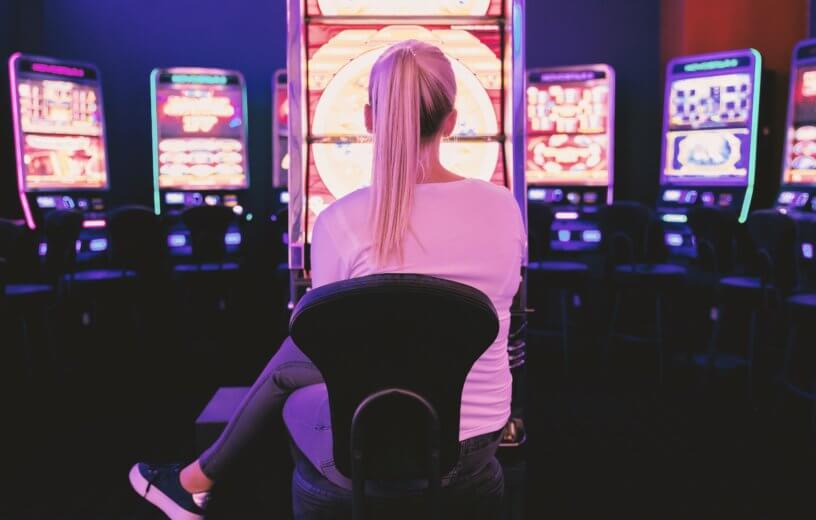VANCOUVER, British Columbia — All those flashing lights and carnival-like sounds inside casinos may inhibit sound decision-making, a new study by researchers at the University of British Columbia finds.
The study suggests that sensory features that capture our attention in a casino might directly affect a player’s thought process and encourage one to make riskier choices, potentially promoting problem gambling.
“We found that an individual’s choices were less guided by the odds of winning when the casino-like audiovisual features were present in our laboratory gambling game,” says lead author Mariya Cherkasova, a postdoctoral research fellow at the university, in a release. “Overall, people took more risks when playing the more casino-like games, regardless of the odds.”
The study was conducted on adult humans after previous research on rats suggested the rodents were more likely to take risks when their food rewards were accompanied by flashing lights and arcade-like jingles. The research team invited 100 adults to play laboratory gambling games that mimicked the sights and sounds of real slot machines in casinos. They found that using money imagery and typical slot machine sounds directly influenced individuals’ decisions.
“Using eye-tracker technology, we were able to see that people were paying less attention to information about the odds of winning on a particular gamble when money imagery and casino jingles accompanied the wins,” explains senior author Catharine Winstanley, a professor of psychology. “We also noted that participants showed greater pupil dilation, suggesting that individuals were more aroused or engaged when winning outcomes were paired with sensory cues.”
Conversely, when the participants played without the trademark features of casinos, they showed better judgment in their choices. The finding, they suggest, explains why a gambling addict simply can’t resist the urge to keep playing.
“These results form an important piece of the puzzle in terms of our understanding of how gambling addiction forms and persists,” says Winstanley. “While sound and light stimuli may seem harmless, we’re now understanding that these cues may bias attention and encourage risky decision-making.”
The study was published October 29, 2018 in JNeurosci, the scientific journal for the Society of Neuroscience.

